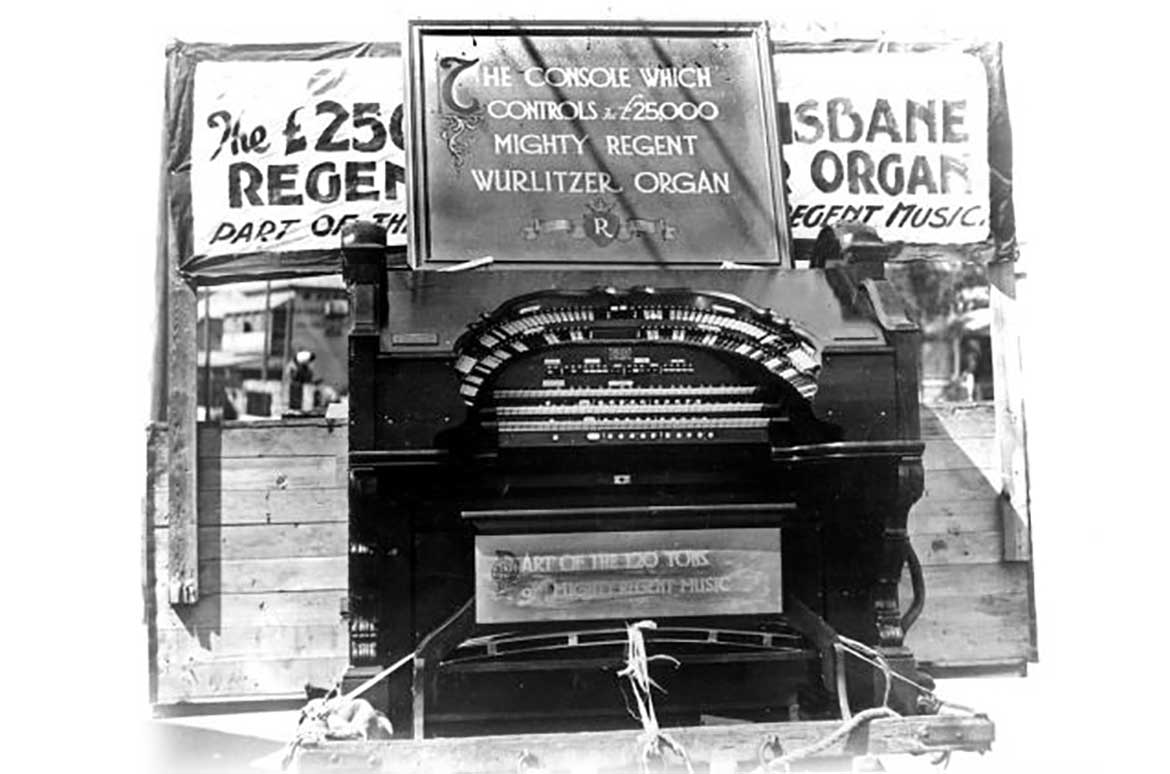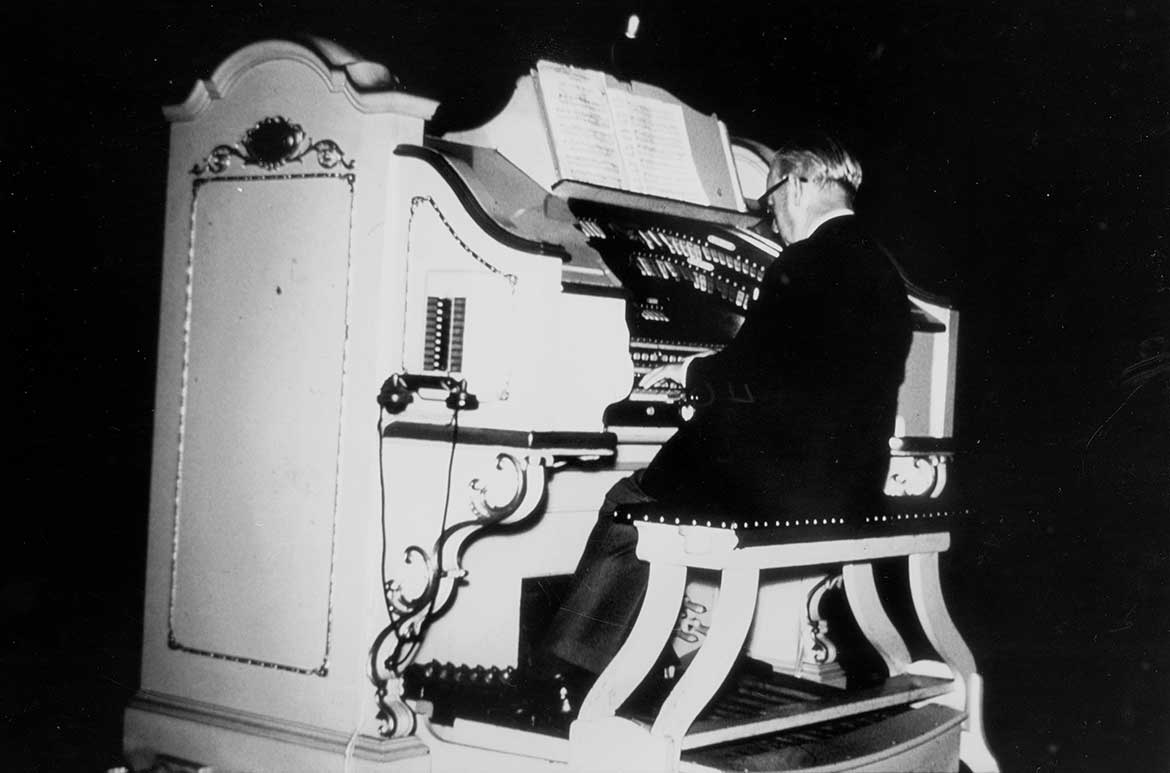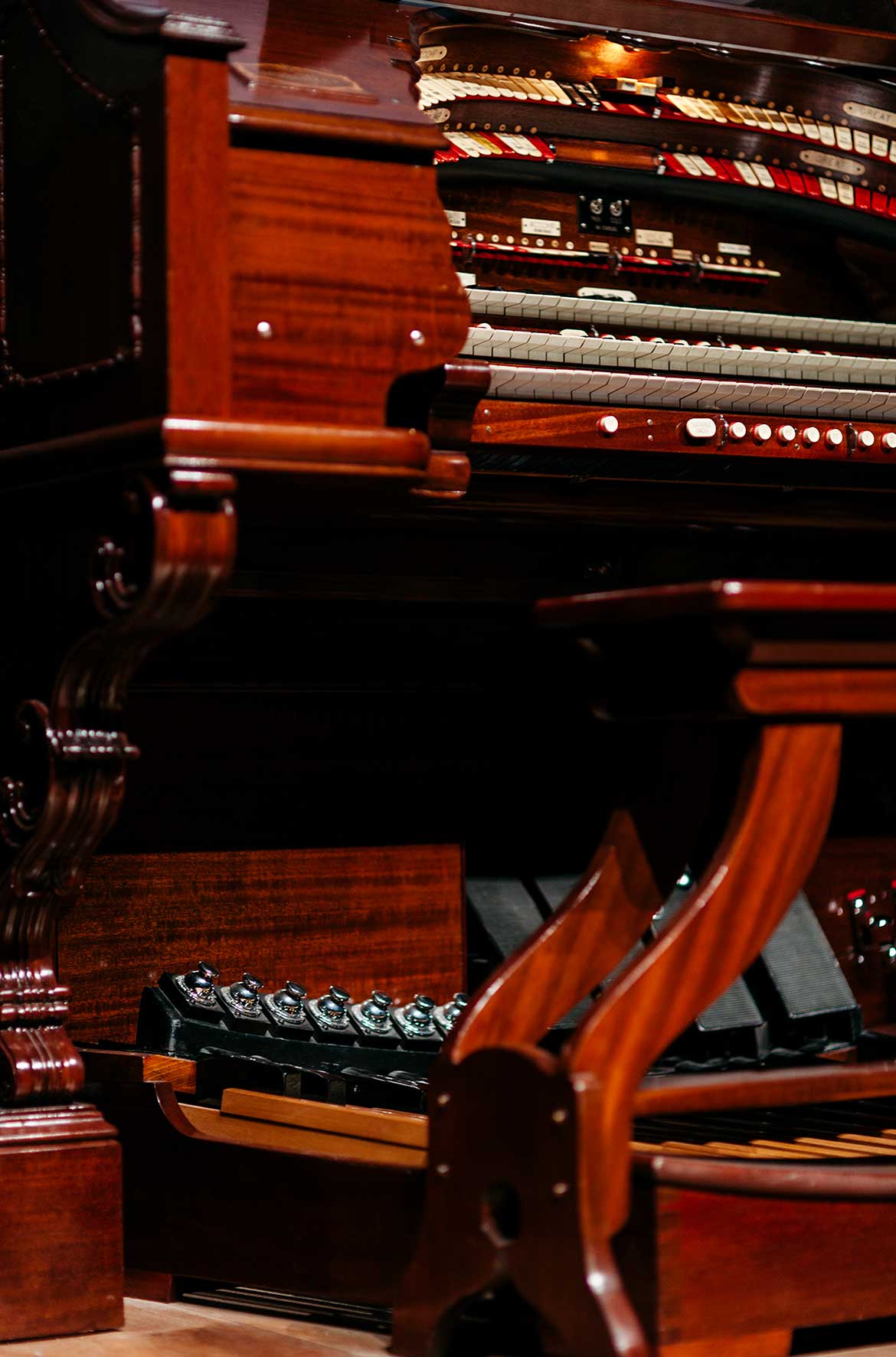[ad_1]
Screening alongside ‘The Art of the Heist’ cinema program, tickets are now on sale for Le Mystère de la Tour Eiffel (The Mystery of the Eiffel Tower) 1928, a newly digitally restored film from a sole surviving nitrate film print. The thrilling caper will be presented with live musical accompaniment from David Bailey on the Gallery’s 1929 Wurlitzer organ on Saturday 4 June at 10.30AM.
‘The Mystery of the Eiffel Tower’ TICKETS NOW ON SALE
The Mystery of the Eiffel Tower is a silent comedy from influential French filmmaker Julien Duvivier (1896-1967). When a circus star inherits an enormous fortune, his act partner teams up with a shadowy crime syndicate – whose secret base is located within the Eiffel Tower — to prevent him from collecting the riches. Rollicking adventures and dangerous escapades ensue, climaxing with a white-knuckle chase up the titular icon as the streets of Paris sprawl out below.
RELATED: The heist: Cinema’s most beloved crime subgenre
DELVE DEEPER: Museums in heist films


Australian Cinémathèque at GOMA
Hidden beneath the stage of the purpose-built Australian Cinémathèque at the Gallery of Modern Art (GOMA), and only revealed for special screenings is our much loved 1929 Wurlitzer Style 260 Opus 2040 Pipe Organ.
It is a rare opportunity to be able to view silent films on the big screen some hundred years since ‘talkies’ became a theatre sensation — thus ending the silent film era — however our Wurlitzer brings these films back to life as they were intended to be enjoyed.
QAGOMA is the only Australian art gallery with purpose-built facilities dedicated to film and the moving image. The Australian Cinémathèque provides an ongoing program of film that you’re unlikely to see elsewhere, offering a rich and diverse experience of the moving image, showcasing the work of influential filmmakers and international cinema, rare 35mm prints, and recent restorations including silent films with live musical accompaniment.
1929 Wurlitzer
This Wurlitzer Pipe Organ’s original home was in Brisbane’s Regent Theatre which opened on 8 November 1929, installed on an electric lift to the left of the orchestra pit. At a cost reported in the press of £25–30,000, it was the last instrument of its type in Australia and remained at the Regent until 1964.
Comprising 15 ranks — sets of pipes producing the same timbre for each note — and percussion, spread over three keyboard manuals and pedals, it claimed to be the largest organ possessed by any theatre in the county. Its largest pipe is 32 feet in length and 3 feet 6 inches in diameter and the organ boasted 600 miles of electric wiring and over 2,000,000 separate electric contacts.
By 1944 when the Regent Theatre Orchestra was disbanded, the Console was moved to the orchestra lift in the center of the stage, by then its timber casing had been painted white.
The Wurlitzer arrives in Brisbane


Installation at the Regent Theatre in 1929




Regent Theatre, Brisbane
Opening in 1929, the Regent Theatre accommodated all classes of theatrical entertainment from opera to vaudeville and films, with construction approval in 1926, at a time when picture palaces were gaining popularity worldwide. The theatre located on a prestigious Queen Street address in the heart of the city, was the only ‘American-style’ picture palace to be built in Queensland, reflecting the opulence and grandeur of the great Hollywood era.
Seating more than 2,500 patrons it was one of the largest theatres in Australia and comprised an extensive stage featuring the Wurlitzer Pipe Organ. The Theatre auditorium was even cooled by the first air conditioning in Queensland.
A large dome stretching above the stalls featured a one-ton bronze chandelier in the centre of an oval ceiling medallion set within a “sunburst” surrounded by elaborate decorative plaster work, one of many crystal chandeliers in the dress circle ceiling.
Unfortunately the auditorium interior was demolished and converted into a four-screen complex by Hoyts in 1979, however the building exterior, including the entrance, main foyers and marble staircase remains intact and are now heritage listed. The Hoyts Theatre closed in 2010 to be replaced with offices.


Regent Theatre (Queen Street facade)

Regent Theatre (Auditorium)




Demolition of the Regent Theatre auditorium in 1979

Existing main foyers and marble staircase now heritage listed


Wurlitzer now installed at GOMA
Once removed from the Regent Theatre in 1964, the Wurlitzer remained in private ownership in New South Wales until it was negotiated to be returned to Queensland in 2004 when it underwent restoration and installed in the Australian Cinémathèque when GOMA opened in December 2006. Rechristened in early 2007, it has hardly been altered over the years and remains an important part of Queensland’s cultural heritage, now used regularly to score classic silent films under the fingers of talented organists.
Two main organ chambers sit beneath the stage, and stretched back beneath the seating in Cinema A are the organ’s largest pipes. Many components including musical instruments, sound effects and the bells and whistles are pneumatically operated from the Console, with the sound ultimately surging into the cinema through chutes that open through grilles in front of the stage. This Wurlitzer model incorporates more elements than any other theatre organ in Australia to give audiences an exceptional and unique audio experience.
Edited research and supplementary material compiled by Elliott Murray, Senior Digital Marketing Officer, QAGOMA





Dip into our Cinema blogs / View the ongoing Australian Cinémathèque program / Know Brisbane through the QAGOMA Collection / Delve into our Queensland Stories
Further reading:
PSTOS-Pipeline
Gallery of Modern Art Wurlitzer
Theatre Organs of Queensland
GOMA Theatre Organ
Featured image: Organist David Bailey playing the Gallery’s 1929 Wurlitzer organ / Photograph: J Ruckli © QAGOMA
#QAGOMA
[ad_2]
Source link




